Richard Sloat
About The Artist
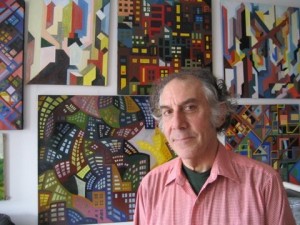 Richard Sloat was born in Easton, Pennsylvania in 1945 and currently lives in Manhattan. He studied at the University of Pennsylvania with Rackstaw Downes and the Art Students League. He has lectured in New York and California and was recently elected to the National Academy. He is a member of the Society of American Graphic Artists (SAGA) and previously served as president.
Richard Sloat was born in Easton, Pennsylvania in 1945 and currently lives in Manhattan. He studied at the University of Pennsylvania with Rackstaw Downes and the Art Students League. He has lectured in New York and California and was recently elected to the National Academy. He is a member of the Society of American Graphic Artists (SAGA) and previously served as president.
He has been in many shows in the United States and Asia. He has received many awards including the Joseph M. Kaveney Memorial Award at the Janet Turner National Print Competition, 1999; The Alfred D. Crimi Award at Audubon Artists, 1998; Purchase Prize at Broome Street Gallery Invitational, 1998; American Artist Award at Audubon Artists, 1996; and has twice won the Leo Meisner Prize at the National Academy of Design.
Sloat is one of those rare artists who works his images in stages or in print terms, states. Often one of his prints might go through ten states before he finally gets to the final or published state. Because he might work on a plate over a period of many years, he will occasionally decide that it is finished and print a small edition. Later, he will rework the plate adding aquatint and then edition the plate in a later state. This is not to say that he is abusing the edition sizes. In an article that Sloat wrote, he discusses in detail one of his prints and how it goes from the early states to the final state with two distinct editions. One in state five is entitled El Passing and the final version Twilight El in states twelve and thirteen.
Richard Sloat’s works are in the permanent collections of numerous museums including; the British Museum, London, the Fogg Museum, Harvard University, the National Academy Museum, New York City, the Portland Art Museum and the Library of Congress.
Artist’s Statement:
To me to be an artist printmaker is to be in love with the graphic medium. Woodcut and etching have been my field of creation. Both these forms of prints exude a visual clarity and depth of feeling. We, in viewing them, are tied into the visual world at an essential level, an affirmation of our own life’s journey.
Both woodcut and etching are transformative mediums that force the artist and print viewer to see and think of the world in a specific, graphic way. One type of transformation takes place as the artist works out the image on the etching plate or woodcut block. The working must be indirect, essentially a drawing is changed into a print. One can think of a Durer drawing which is not the same as a Durer woodcut, or a Rembrandt drawing which is not the same as his etching. The image can be only revealed when a print is pulled. Even for an experienced printmaker, this can be a truly magical transformation. Another part of this transformation is that one must think in terms of the medium in viewing the outside world. A print necessitates a simplicity, the extracting of the essential, form, line, light and shadow. If done well this gives clarity to the phantasmagoria of viewing the world, and brings us to its visual essence, which is so satisfying, the world seen afresh. Beyond the lovely feeling of visual pleasure, if we are not cynics, we attain and confirm meaning to our being. Our world is larger, more interesting, of deeper feeling and yes even more beautiful.
Prints
Richard Sloat
“Time and Being”
Medium: Etching
Date: 2014
Image: 14 13/16 x 23 3/4 in.
Edition: 50
Signed and titled in pencil.
Condition: Excellent
Price: $700
Richard Sloat
“Time and Being”
Medium: Etching
Date: 2014
Image: 14 3/4 x 23 15/16 in.
Edition: 7
Signed and titled in pencil.
Condition: Excellent
Price: $700
Richard Sloat
“Winter Pattern”
Medium: Etching
Image: 19 13/16 x 13 13/16 in.
Edition: 150
Signed and titled in pencil.
Condition: Excellent
Price: $500
Richard Sloat
4th of July
Medium: Etching
Image: 12 x 9 in.
Edition: 70
Date: 2003
Signed and titled in pencil.
Condition: Excellent
Price: $400
Richard Sloat
“A City Turning”
Medium: Aquatint
Date: 1990
Image size: 18 11/16 x 11 7/8 in.
Edition: 70
Signed and titled in pencil.
Condition: Excellent
Price: $400
Richard Sloat
“A Home in the City”
Medium: Woodcut
Image: 27 x 35 in. Edition: 70
Date: 1998
Signed and titled in pencil.
Condition: Excellent
Price: $1200
Richard Sloat
“August Moon”
Medium: Etching
Date: 2006
Image size: 7 1/2 x 13 13/16 in.
Edition: 70
Signed and titled in pencil.
Condition: Excellent
Price: $250
Richard Sloat
“Bridges, Boats, Brooklyn”
Medium: Etching
Image: 24 x 18 in.
Edition: 100
Date: 1976
Signed and titled in pencil.
Condition: Excellent
Price: $600
Note: Won top print award in 1986 at the National Academy of Design annual show. In the collections of: Boston Public Library, Museum of the City of New York.
Richard Sloat
“Bridges, Boats, Brooklyn B + W”
Medium: B + W Etching
Date: 1976
Image: 17 3/4 x 24 1/4 in.
Edition: 100
Signed and titled in pencil.
Condition: Excellent
Price: $700
Richard Sloat
“Bright Night”
Medium: Etching & Aquatint
Image: 12 7/8 x 8 3/4 in.
Edition: 70
Date: 2008
Signed and titled in pencil.
Condition: Excellent
Price: $350
Richard Sloat
“Census”
Medium: Etching and Aquatint
Date: 2001
Image size: 11 3/4 x 23 3/4 in.
Signed and titled in pencil.
Edition: 70
Condition: Excellent
Price: $500
Richard Sloat
“Central Park, Spring”
Medium: Etching and Aquatint
Image: 10 1/2 x 12 in.
Edition: 70
Date: 2003
Signed and titled in pencil.
Condition: Excellent
Price: $350
Richard Sloat
“City Passage”
Medium: Color woodcut
Date: 1987
Image size: 7 1/16 x 20 1/4 in.
Edition: 70
Signed and titled in pencil.
Condition: Excellent
Price: $500
Richard Sloat
“Clear Morning”
Medium: Etching
Date: 2010
Image size: 11 3/4 x 8 13/16 in.
Edition: 70
Signed and titled in pencil.
Condition: Excellent
Price: $350
Richard Sloat
“Clear Night”
Medium: Etching
Image: 11 x 8 in.
Edition: 60
Date: 1995
Signed and titled in pencil.
Condition: Excellent
Price: $300
Richard Sloat
“Day One”
Medium: Etching
Date: 2010
Image size: 15 13/16 x 11 3/4 in.
Edition: 70
Signed and titled in pencil.
Condition: Excellent
Price: $400
Richard Sloat
“Going Home”
Medium: Etching and aquatint
Date: 2009
Image size 11 15/16 x 12 in.
Edition: 70
Signed and titled in pencil.
Condition: Excellent
Price: $400
Richard Sloat
“Inner City”
Medium: Etching and aquatint tinted background
Image: 18 x 24 in.
Edition: 75
Date: 1974
Signed and titled in pencil.
Condition: Excellent
Price: $600
The artist's first city print. In the collection of The Museum of The City of New York. Shown at The
National Academy Museum, 1988.
Richard Sloat
“Light and Shadow”
Medium: Etching
Date: 2008
Image: 24 x 12 in.
Edition: 90; State IV.
Signed and titled in pencil.
Condition: Excellent
Price: $700
Richard Sloat
“Midsummer Night Reverie”
Medium: Etching
Date: 2010
Image size: 7 7/8 x 11 7/8 in.
Signed and titled in pencil.
Edition: 70
Condition: Excellent
Price: $300
Paintings
no images were found
Watercolors
no images were found

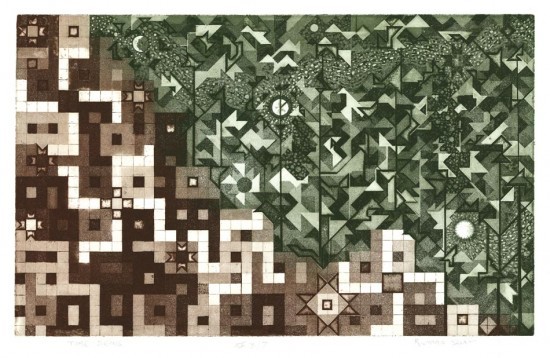
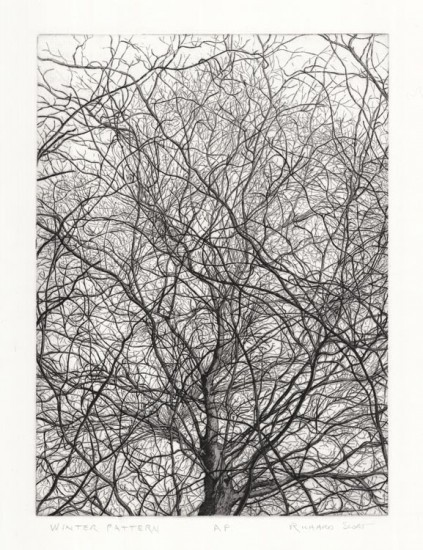
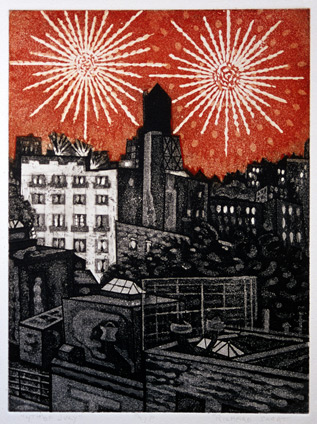

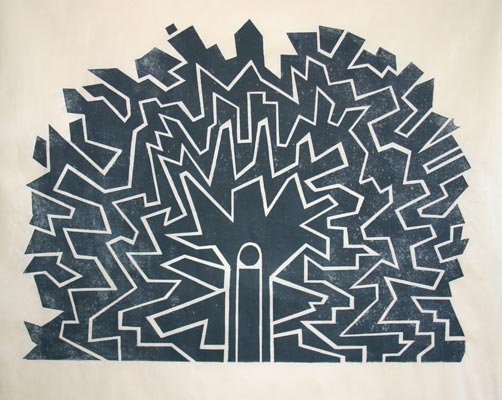
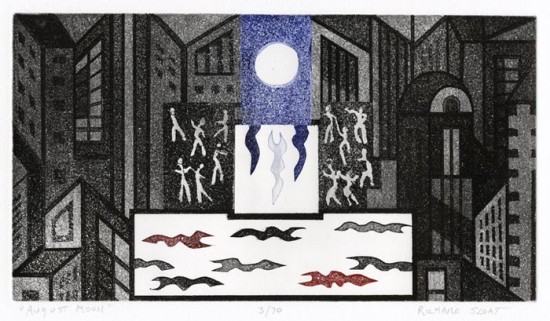

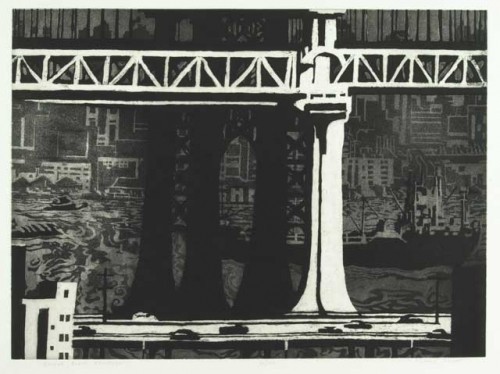
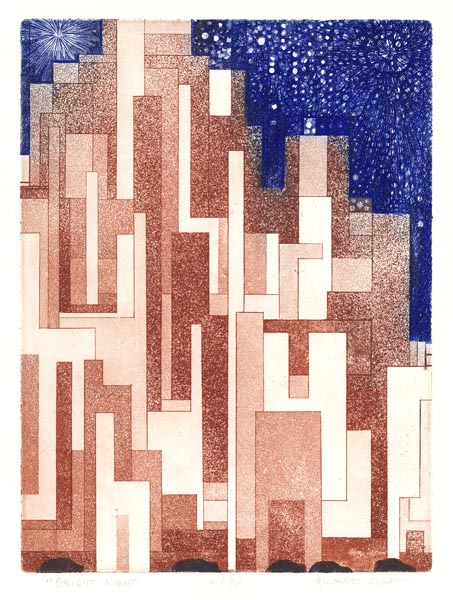

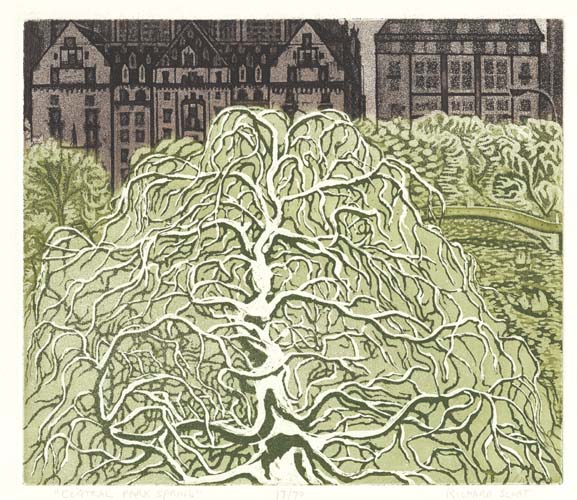
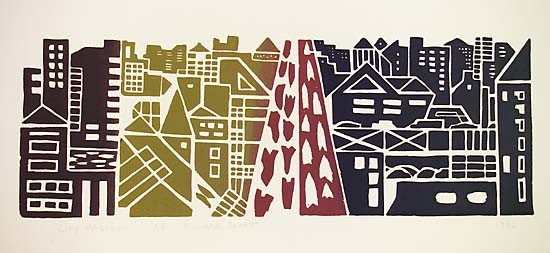
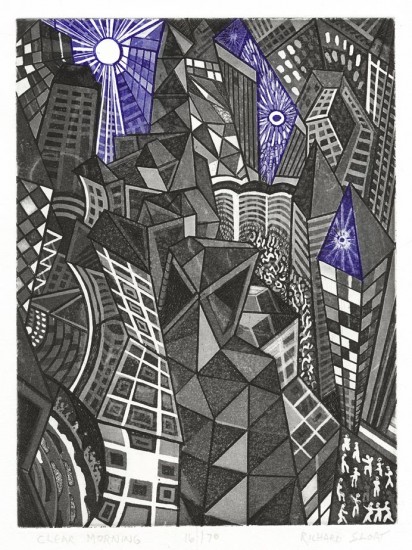
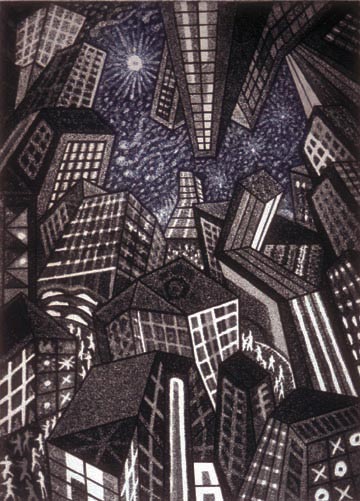
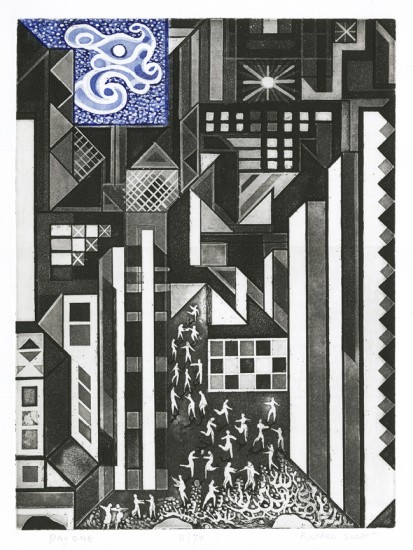
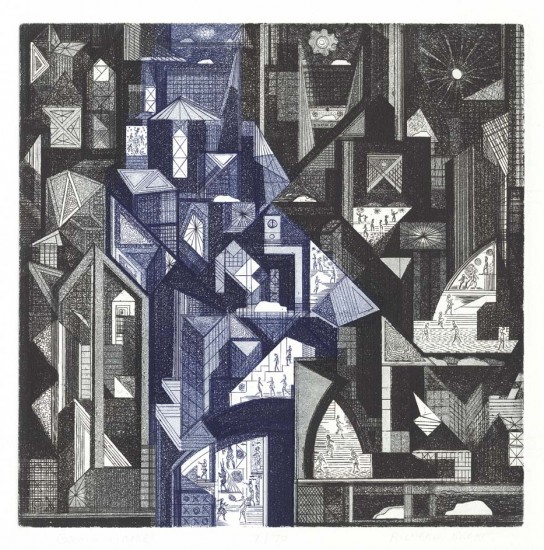

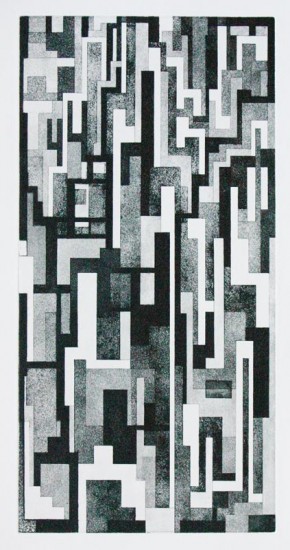
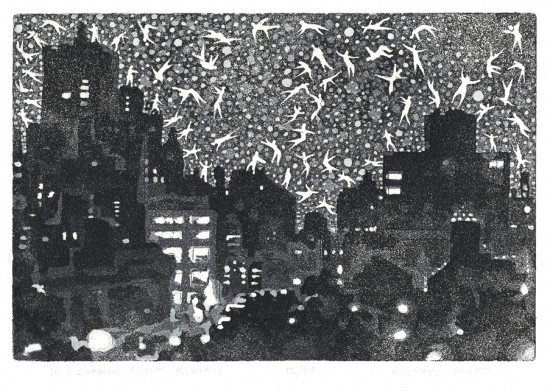
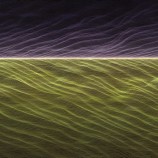 Ann Aspinwall
Ann Aspinwall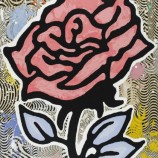 Donald Baechler
Donald Baechler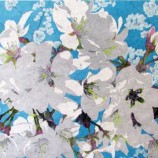 Rica Bando
Rica Bando Will Barnet
Will Barnet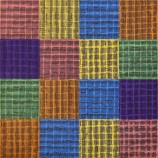 McArthur Binion
McArthur Binion Paul Binnie
Paul Binnie Richard Bosman
Richard Bosman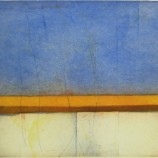 Christian Bozon
Christian Bozon Richard Lang Chandler
Richard Lang Chandler Chuck Close
Chuck Close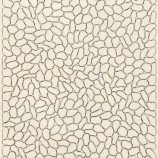 Tara Donovan
Tara Donovan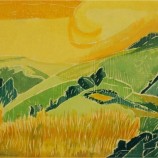 Aline Feldman
Aline Feldman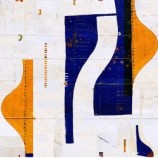 Caio Fonseca
Caio Fonseca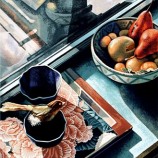 Jane Goldman
Jane Goldman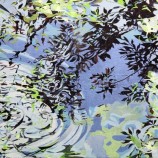 Jean Gumpper
Jean Gumpper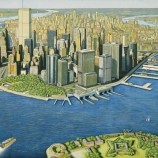 Richard Haas
Richard Haas Keiko Hara
Keiko Hara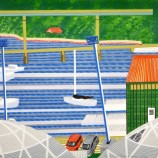 Yvonne Jacquette
Yvonne Jacquette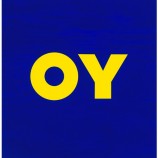 Deborah Kass
Deborah Kass Alex Katz
Alex Katz Daniel Kelly
Daniel Kelly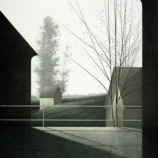 Robert Kipniss
Robert Kipniss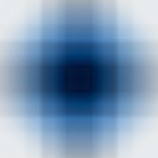 Patsy Krebs
Patsy Krebs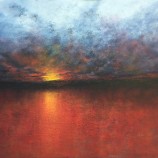 Rebecca Last
Rebecca Last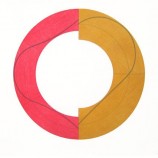 Robert Mangold
Robert Mangold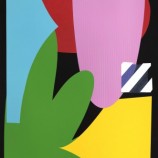 Maser
Maser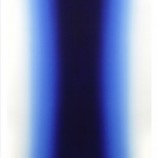 Betty Merken
Betty Merken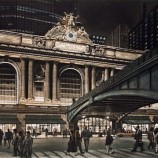 Frederick Mershimer
Frederick Mershimer Melissa Meyer
Melissa Meyer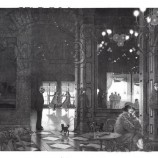 Peter Milton
Peter Milton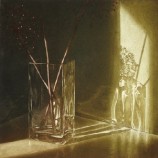 Anja Percival
Anja Percival Joshua Rome
Joshua Rome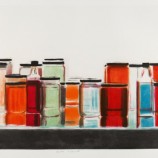 Peri Schwartz
Peri Schwartz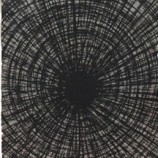 David Shapiro
David Shapiro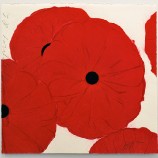 Donald Sultan
Donald Sultan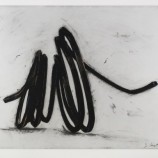 Bernar Venet
Bernar Venet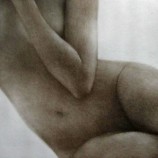 Mikio Watanabe
Mikio Watanabe Tom Wesselmann
Tom Wesselmann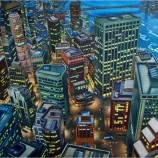 Art Werger
Art Werger Yutaka Yoshinaga
Yutaka Yoshinaga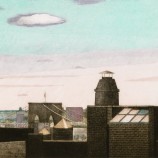 Linda Adato
Linda Adato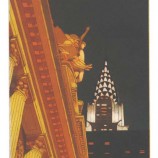 Michael Arike
Michael Arike Daniele Barraco
Daniele Barraco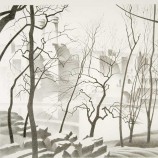 William Behnken
William Behnken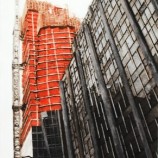 Grace Bentley-Scheck
Grace Bentley-Scheck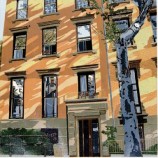 Walter Buttrick
Walter Buttrick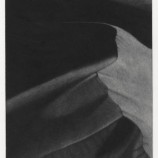 Holly Downing
Holly Downing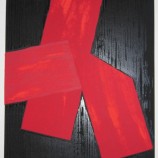 Rikizo Fukao
Rikizo Fukao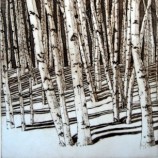 Eric Goldberg
Eric Goldberg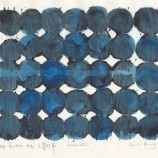 Su Li Hung
Su Li Hung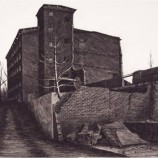 Sean Hurley
Sean Hurley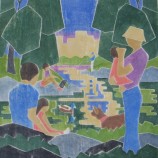 Martha Ives
Martha Ives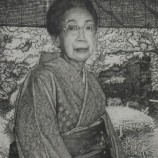 Takuji Kubo
Takuji Kubo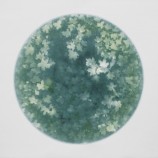 Tomomi Ono
Tomomi Ono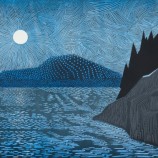 Mary Prince
Mary Prince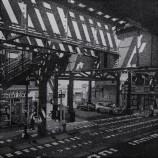 DeAnn L Prosia
DeAnn L Prosia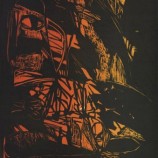 Ilse Schreiber-Noll
Ilse Schreiber-Noll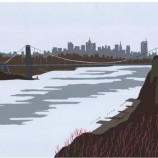 Allan Simpson
Allan Simpson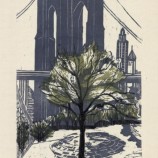 Ellen Nathan Singer
Ellen Nathan Singer Richard Sloat
Richard Sloat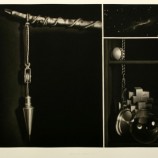 Francisco Souto
Francisco Souto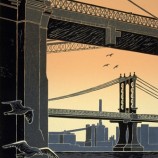 Emily Trueblood
Emily Trueblood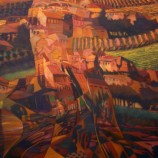 Murray Zimiles
Murray Zimiles